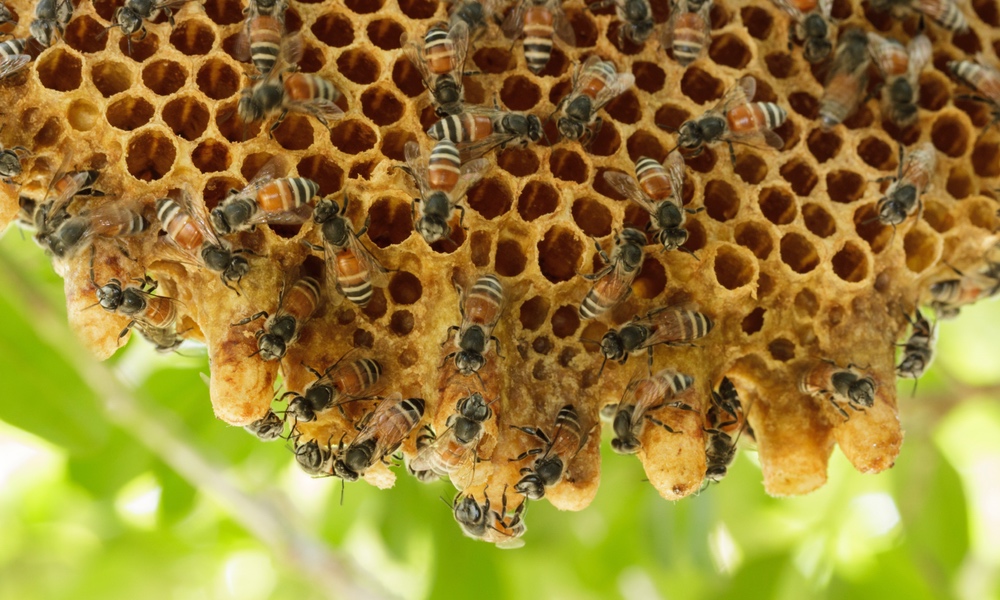What’s old is new again. Honey and vinegar have been used as medical treatments for centuries. Now scientists are examining how a mixture of the two, also known as oxymel, could be applied to improve treatments for infections, particularly bacterial infections that can be difficult to treat.
One reason some bacterial infections are tough to eradicate is that many bacteria are protected within a biofilm, a complex system of bacteria which can attach tightly to surfaces, like flesh in a wound infection, making them difficult to kill. Manuka honey has been proven to possess antimicrobial properties and aid wound healing. And vinegar has been shown to be a useful antiseptic.
Researchers at the University of Warwick decided to explore what happens when both honey and vinegar are combined and applied to biofilms of bacteria grown in the laboratory. They also tested which combination of honey and vinegar worked best.
Erin Connelly and Freya Harrison and their team began by investigating the effects of combinations of two medical-grade honey ointments with natural vinegar or acetic acid. “In our survey of premodern recipes we noticed a pattern of combining honey and vinegar to wash or dress wounds and swellings, and this inspired us to focus on that combination in our analysis,” researcher Erin Connelly explained.“[W]hen we put these low doses [of vinegar and honey] together, we saw a large number of bacteria dying which is really exciting.”
By comparing the use of vinegar and acetic acid alone, then in combination with medical-grade honey, the researchers found that a combination of vinegar and honey worked best.
“We applied a low dose of honey, that alone didn’t kill the bacteria, and a low dose of acetic acid that also could not kill the bacteria alone,” said Harrison. “These doses are lower than those that wound care nurses currently use on patients. But when we put these low doses [of vinegar and honey] together, we saw a large number of bacteria dying which is really exciting.”
Natural or whole vinegar also appeared to be superior. They found some natural vinegars had a greater ability to kill bacteria than an equivalent dose of pure acetic acid, the byproduct of fermentation that produces vinegar and which gives it its characteristic odor. In particular, pomegranate vinegars had strong antibacterial activity and, like acetic acid, had activity when combined with honey.
The burden of wound care and infections is increasing year by year, particularly with conditions such as diabetes on the rise. More research is needed to understand the mechanism and best dose combinations of honey and vinegar, but the results are promising enough that the researchers hope to begin clinical trials of a modern version of oxymel.
The study is published in Microbiology.





